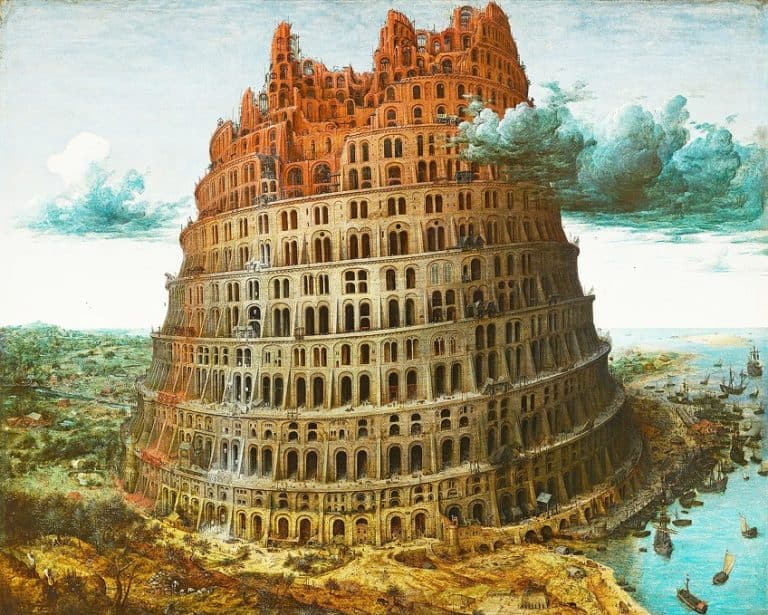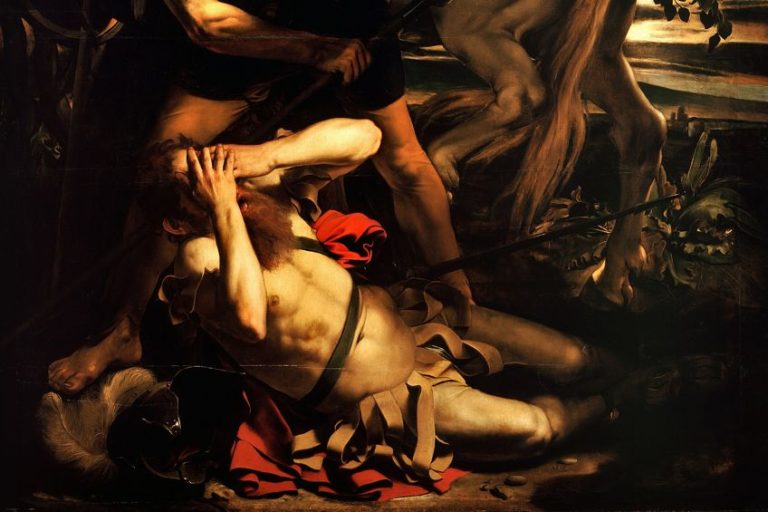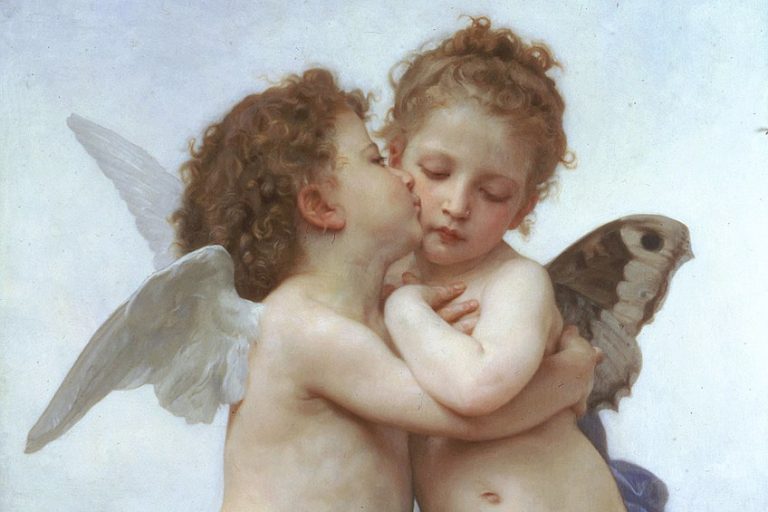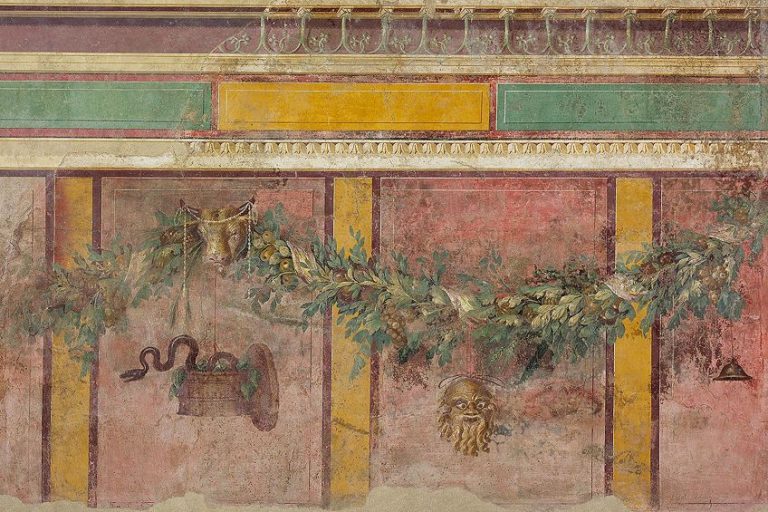“The Elephant Celebes” by Max Ernst – An In-Depth Analysis
The early 1900s in Europe was an emotionally charged time, as the onset of World War One changed the lives of thousands, resulting in new ways of thinking emerging in the art world. This affected one such artist, the German Max Ernst. These socio-political influences cannot be overlooked when looking at Ernst’s compositions, which this article will discuss further, focusing specifically on the oil on canvas titled The Elephant of Celebes (1921).
Artist Abstract: Who Was Max Ernst?
Max Ernst was born on April 2, 1891, in the town of Brühl in Germany and died on April 1, 1976, in Paris, France, which is also where he was buried, at the Pѐre Lachaise Cemetery. He was known best as one of the leading artists of the Dada and Surrealism art styles and his approach to artmaking was influenced by the subconscious and dissident ideas.
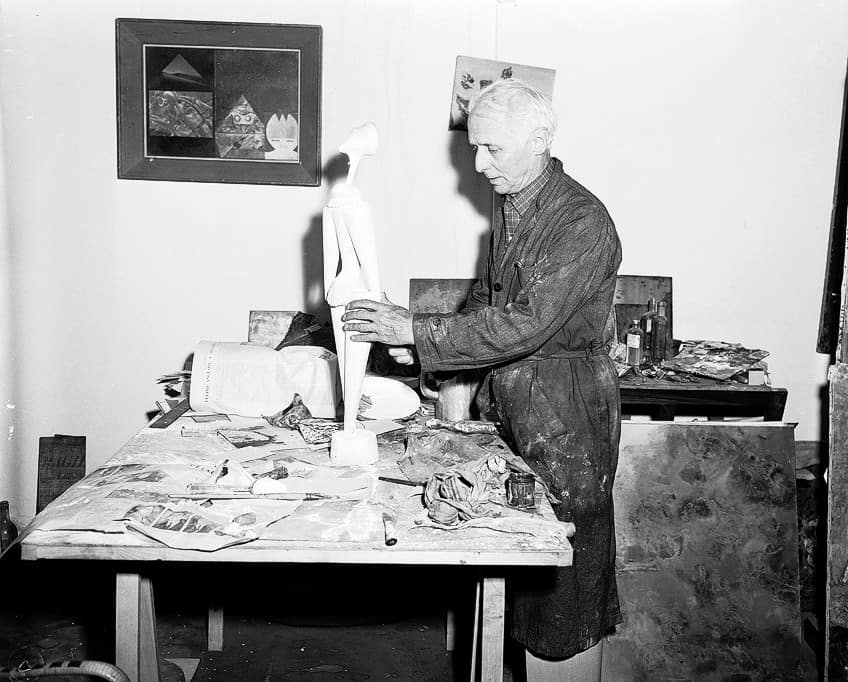
He was also influenced by his own traumatic experience while serving in World War I. Some of his artworks include Ubu Imperator (1923), Two Children are Threatened by a Nightingale (1924), and The Fireside Angel (1937).
The Elephant Celebes (1921) by Max Ernst in Context
| Artist | Max Ernst |
| Date Painted | 1921 |
| Medium | Oil on canvas |
| Genre | Symbolic painting |
| Period/Movement | Surrealism |
| Dimensions (cm) | 125.4 x 107.9 |
| Series/Versions | N/A |
| Where Is It Housed? | Tate Modern, London, England |
| What It Is Worth | It was purchased in 1975 from the Elephant Trust. The price is uncertain. |
The painting The Elephant Celebes, originally titled Celebes, was painted in 1921 by the Surrealist and Dadaist painter Max Ernst. It is filled with references that enter the real and dream worlds. The article below will explore The Elephant Celebes painting analysis, starting with a contextual discussion about some of the history of the painting. It will then discuss the formal qualities of the artwork itself, which will start with a visual description continuing through to how the elements of art compose the piece.
Contextual Analysis: A Brief Socio-Historical Overview
There are several influencing factors that have contributed to the making of The Elephant Celebes painting, from the subject matter to the painting’s title. Max Ernst was reportedly inspired by a photograph of a grain silo, also referred to as a “corn bin”, which reportedly originates from the Western Sudanese culture known as the Konkomba.
The shape of Ernst’s “Celebes” closely resembles the shape of the corn bin; however, the artist superimposed his own symbolisms onto the structure and made it close to mechanical. Some sources have also pointed out that Ernst could have also referred to a military tank.
Max Ernst served during World War I, which left a traumatic imprint on him. He has been widely quoted from what he wrote about the war, stating that he “died” on August 1, 1914, and was “resurrected” again on November 11, 1918.
Ernst moved to Cologne in Germany after his period in the war and formed Dadaism with several other artists. He was specifically influenced by the art of Giorgio de Chirico, who was an Italian painter active during the early 1900s and known for his style called Metaphysical Art.
Ernst also explored new forms of artmaking including collages, which he started making in 1919. He combined various cutouts from media like manuals, mail-order catalogs, and novels.
What this led Ernst to do was depict wholly different subject matter in his compositions that would lead the viewer, seemingly, down a rabbit hole of symbolism and references. Another important inspiration for the title of Max Ernst’s painting, The Elephant Celebes originates from a German rhyme often cited by schoolboys. It states, “The elephant from Celebes has sticky, yellow bottom grease”.
Formal Analysis: A Brief Compositional Overview
In the formal analysis of The Elephant Celebes by Max Ernst, a visual analysis will describe the painting and then discuss how the elements of art like color, texture, line, shape, form, and space compose and ultimately create this Surrealistic subject matter.
Subject Matter: Visual Description
The Elephant Celebes by Max Ernst depicts a large, almost gigantesque and rounded, elephant-like creature/structure. This was influenced by the shape of a corn bin or grain silo attributed to the Konkomba culture as previously mentioned.
Ernst’s rendition appears almost machine-like as it dominates the entirety of the composition. It stands on two large and thick leg-like stumps, and what appears to be its elephantine feet are placed flat on the ground without any indication of toes.
From the top part of the elephant’s head is a tube-like structure, possibly there to resemble its trunk. It appears to be attached to its mouth, which is further below and positioned on the right (the viewer’s left) of the elephant’s frontal area, or what is assumed to be its face. At the end of the trunk is a paper/foil wrapped around it. Its end appears as if it was cut to resemble triangular shapes.
The mouth area mentioned above has a snout-like resemblance due to there being two round holes that could be nostrils. Additionally, from this snout are also two small white horns, or tusks, of which the right side (the viewers’ left) is longer than the left side (the viewers’ right). In the middle of the face, to the left (the viewer’s right) of the snout area is a round hole.
It is important to note that the features described above have also been described in terms of the tube being the neck and the snout area being the elephant’s head without eyes. Furthermore, this head also resembles that of a buffalo. The image is like a dream where parts and objects are seemingly dislocated from what they are commonly understood as, in other words, they are not intended to make sense from a conscious understanding.
On top of the elephant structure are various metal-like objects in different colors, namely blue, red, and green. There are also two horn-like objects behind the elephant, which could be its tail.
There are various other objects and items around the large elephant, for example, to its right (the viewers’ left) is a long rod or staff, in front of it is a shorter blue and yellow object that appears almost pencil-shaped, and to its left (the viewers’ right) is another long black stand of some sorts with two hooks, one red and one black; the top of this stand is slanted with what appears to be a small stick balanced on it.
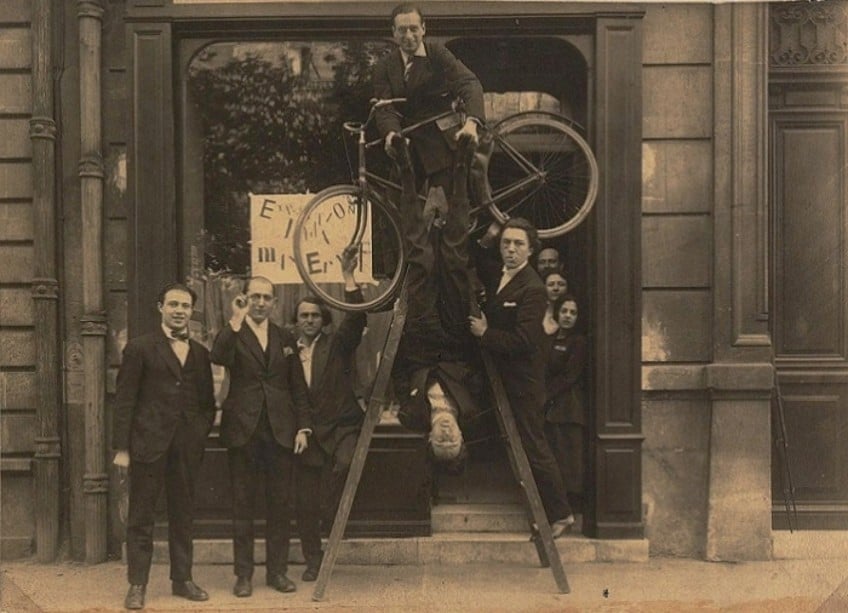
In the immediate right foreground, facing toward the viewer is the figure of a headless nude female, which has been described as a mannequin. She is leaning to her left and her right arm is held in the air revealing a yellow and brown glove (described as a surgical glove) on her right hand. Balanced on her open neck is a stick-like rod.
The horizon line is visible in the lower third of the composition, revealing what appears to be mountains and a vast backdrop of the sky that emphasizes the largeness of the elephant figure.
The sky above appears filled with flattened horizontal cloud formations. There are two fish in the top left corner, the upper fish is longer than the one below it. Another small, short, and black object floats in the sky near the fish to their right. It appears hook-like with two ball-like ends. To the right side of the sky is a black smoking object.
Color
Max Ernst utilized neutral colors like grays, whites, and blacks. There are also various colors that create a subtle contrasting effect, notably blues, reds, and greens. The color scheme is overall balanced because there are no jarring or outstandingly bright areas of color.
Texture
The texture in The Elephant Celebes by Max Ernst appears smoothly applied with some areas that appear rougher in its tactile qualities. The paint also appears thicker and more worked in areas, for example, the clouds in the sky compared to the ground.
Line
There are a variety of lines in The Elephant Celebes by Max Ernst. The lines also give shape to the subject matter, for example, curved lines create the large elephantine creature/structure, notice the vertical straight line of the rod to the left, the shorter vertical line of the pencil-like object, and the various diagonal and shorter vertical lines of the stand to the right. The implied horizontal lines of the clouds in the sky create a subtle contrast between above and below, horizontal and vertical.
Other types of lines visible are the zig-zagged lines of the white object around the elephant’s tube-like trunk. Notice the diagonal lines created by the shadows on the ground, which intersect with one another.
Shape and Form
There are a variety of shapes and forms with a contrast of organic (naturalistic) and geometric in The Elephant Celebes by Max Ernst. For example, geometric shapes occur as the half-circular shape creating the top of the elephant’s head and the various mishmash of objects on top of its head. These are contrasted by the more naturalistic figurative forms of the female mannequin and the fish in the sky, including the subtle naturalistic landscape in the distance.
Space
Max Ernst creates an unknown dream-like space in The Elephant Celebes painting. It is unclear where exactly this elephantine creature is located, but the artist utilized spatial determinants through size and scale, notably, the elephant’s form is larger than the other objects around it, which create a sense of depth.
An Elephant Fit for a Dream
The Elephant Celebes painting analysis discussed the inspirations behind Max Ernst’s oil on canvas in more detail but also uncovered just a part of Ernst’s forerunning contribution to the progressive avant-garde Dadaism and Surrealism.

“The Elephant Celebes” by Max Ernst is filled with imagery that points to a variety of meanings, as if we, the viewers, just stepped into a dreamscape. The elephant here, or what we know to resemble an elephant, comes from a grain silo, and more so, Ernst made it appear somewhat mechanical. This is not any old elephant, but rather an elephant fit for a dream.
Frequently Asked Questions
Who Painted The Elephant Celebes?
The Surrealist/Dadaist painter Max Ernst painted the oil on canvas titled The Elephant Celebes in 1921. It measures 125.4 x 107.9 centimeters. The painting was reportedly titled Celebes originally.
Where Is the Celebes Painting Located?
The painting The Elephant Celebes, also titled Celebes, is located at the Tate Modern in London, England, where it has been located since 1975. It was originally bought by fellow Surrealist Paul Éluard after its completion, and then by Roland Penrose in 1938.
What Does The Elephant Celebes by Max Ernst Mean?
The oil on canvas The Elephant Celebes or Celebes consists of various references, from African sculpture to Sigmund Freud’s theories, as well as inspiration from a German rhyme wherein the so-called elephant from Celebes is mentioned. The painting has also been described as referring to the so-called myth of destruction.
Alicia du Plessis is a multidisciplinary writer. She completed her Bachelor of Arts degree, majoring in Art History and Classical Civilization, as well as two Honors, namely, in Art History and Education and Development, at the University of KwaZulu-Natal, South Africa. For her main Honors project in Art History, she explored perceptions of the San Bushmen’s identity and the concept of the “Other”. She has also looked at the use of photography in art and how it has been used to portray people’s lives.
Alicia’s other areas of interest in Art History include the process of writing about Art History and how to analyze paintings. Some of her favorite art movements include Impressionism and German Expressionism. She is yet to complete her Masters in Art History (she would like to do this abroad in Europe) having given it some time to first develop more professional experience with the interest to one day lecture it too.
Alicia has been working for artincontext.com since 2021 as an author and art history expert. She has specialized in painting analysis and is covering most of our painting analysis.
Learn more about Alicia du Plessis and the Art in Context Team.
Cite this Article
Alicia, du Plessis, ““The Elephant Celebes” by Max Ernst – An In-Depth Analysis.” Art in Context. June 27, 2023. URL: https://artincontext.org/the-elephant-celebes-by-max-ernst/
du Plessis, A. (2023, 27 June). “The Elephant Celebes” by Max Ernst – An In-Depth Analysis. Art in Context. https://artincontext.org/the-elephant-celebes-by-max-ernst/
du Plessis, Alicia. ““The Elephant Celebes” by Max Ernst – An In-Depth Analysis.” Art in Context, June 27, 2023. https://artincontext.org/the-elephant-celebes-by-max-ernst/.




